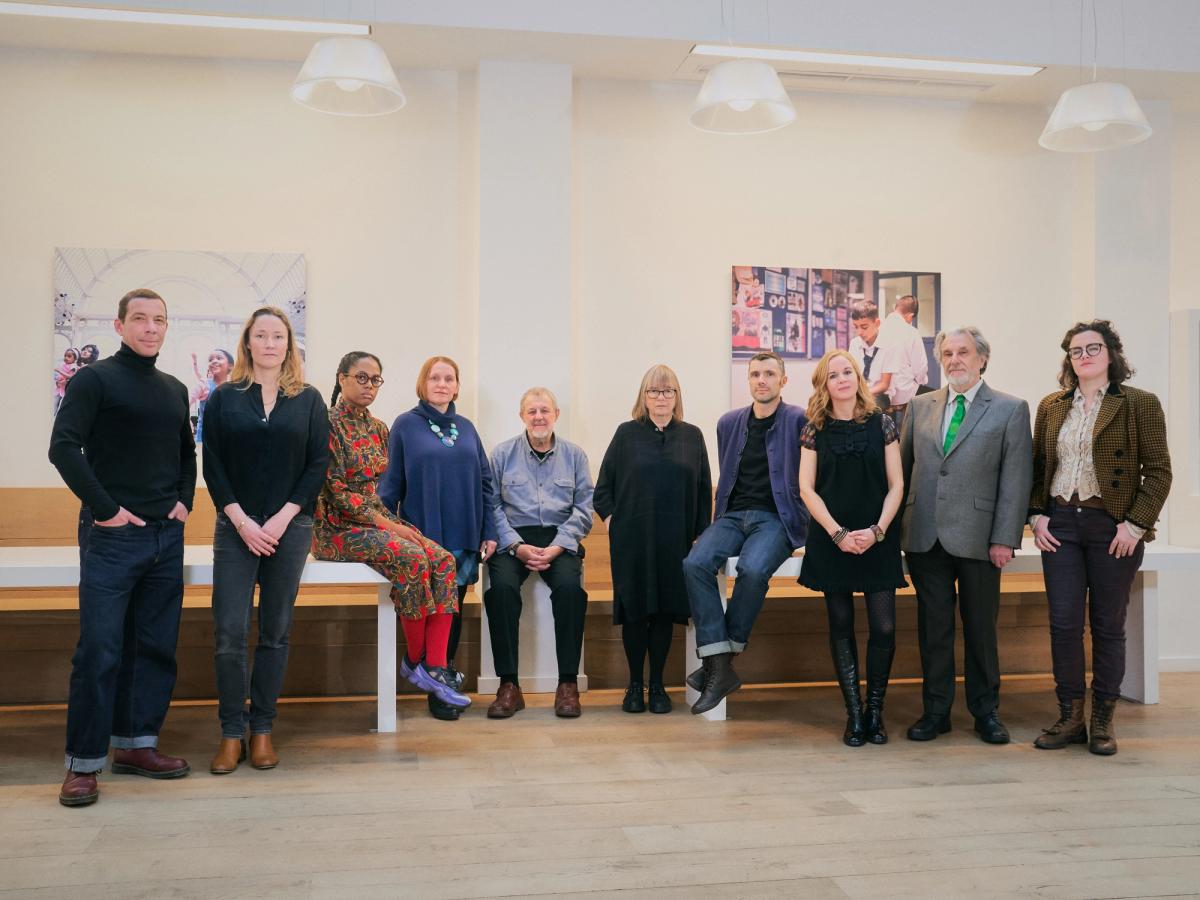As he was presenting this year’s Hamlyn Awards at a ceremony on Tuesday 20 November night, the British playwright and artistic director of the Young Vic theatre Kwame Kwei-Armah recalled the crucial importance of winning a Peggy Ramsay award early in his career which gave him “the recognition, backed up by hard cash, that allowed me to reposition myself to myself, and those I love.”
The Hamlyn Awards offer all of the above in spades and as budgets shrink and public purse strings tighten they are more precious than ever. The largest awards in the UK, the Hamlyn Foundation gives ten selected UK-based visual artists and composers each £60,000 distributed over three years. Uniquely they come with no strings attached. The winners are free from any obligation to produce a piece of work or an exhibition, and have no stipulations as to how the considerable prize money should be spent. “Finding the time to reflect, explore and experiment …is not always easy for visual artists and composers” says gallerist Jane Hamlyn, the Hamlyn Foundation chair who was instrumental in establishing the Awards in 1994 as part of the philanthropic legacy of her publisher father Paul. “Hamlyn Awards for artists has sought to address this need.”
All the artworlders present at the event, which included Frieze’s Matthew Slotover, Tate Britain Senior Curator Andrew Wilson, Kettles Yard Cambridge Director Andrew Nairne and artists Richard Wentworth and Sylvia Ziranek, agreed that this year’s visual arts recipients were an especially strong and deserving lineup. In free-form Hamlyn spirit, the winning five span different generations and practices and range from the younger Anthea Hamilton who recently filled Tate Britain’s Duveens Gallery with her performance-installation The Squash, and artist-filmaker Matt Stokes, to mid-career practitioners Becky Beasley and the painter Simon Ling through to the more venerable St Martin’s School of Art professor Anne Tallentire who has been working in sculpture, installation, moving image and performance since the early 1980s. In our current profit-obsessed era which is also bearing witness to the rapid erosion of the arts curriculum in our schools, we need to hold fast to Kwame Kwei-Armah’s finale clarion call that “civilisations are remembered and judged, not necessarily on the politics of the day – but by the art produced by us.” Private philanthropists and public funders alike should never be allowed to forget that artists need time and space – as well as money – in order to create.



